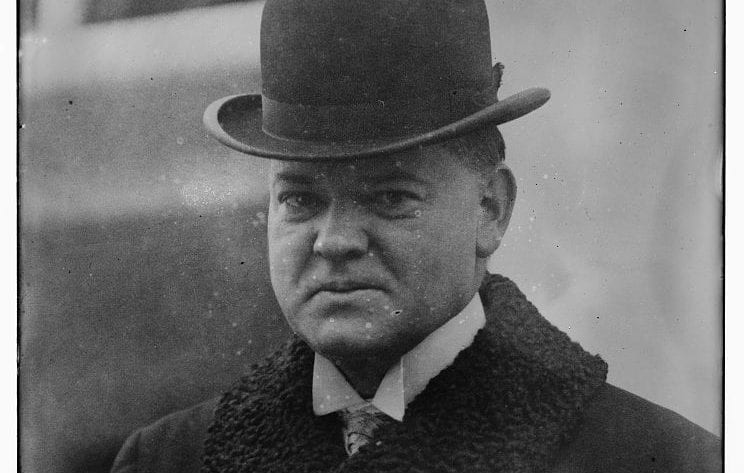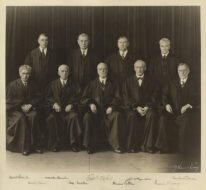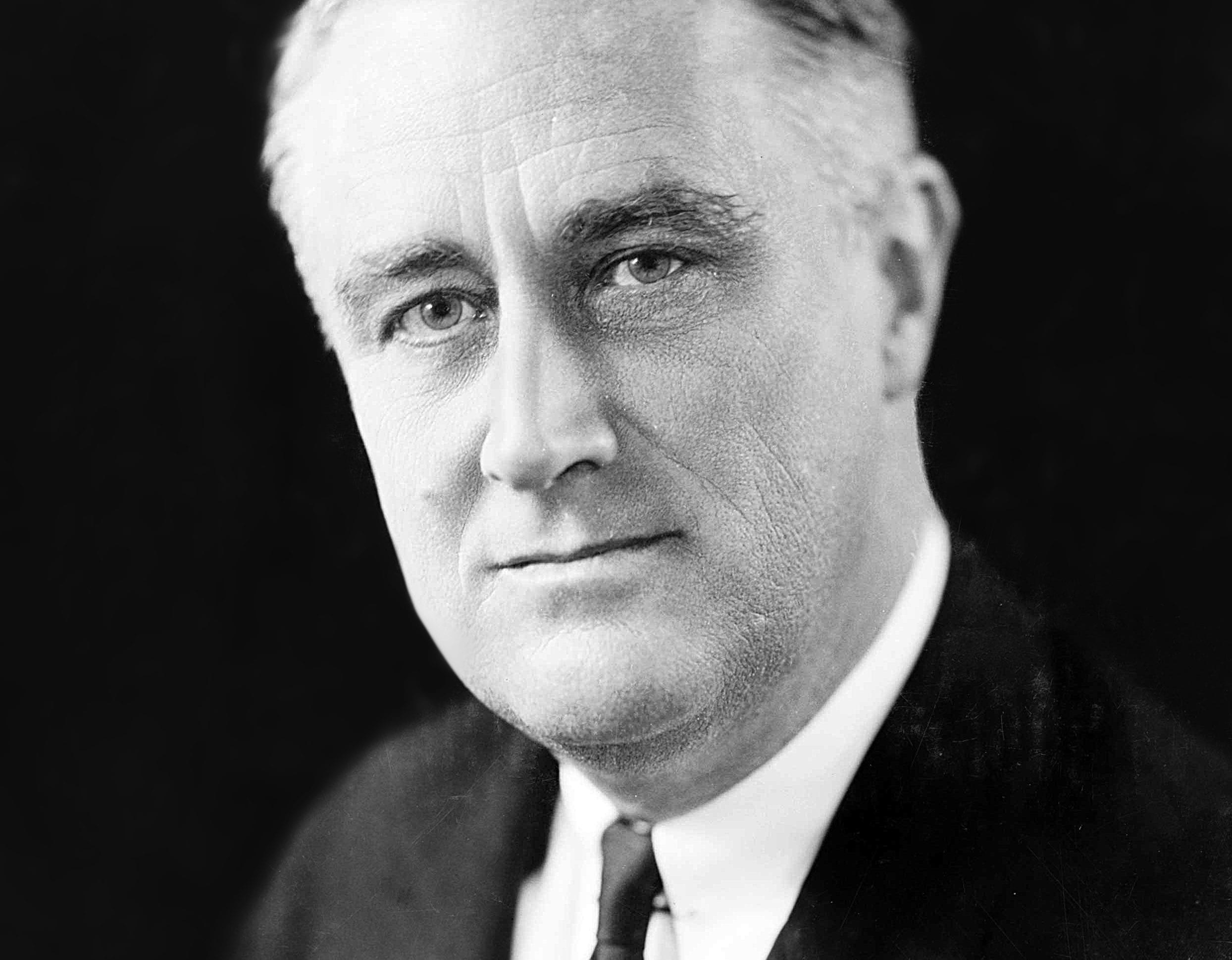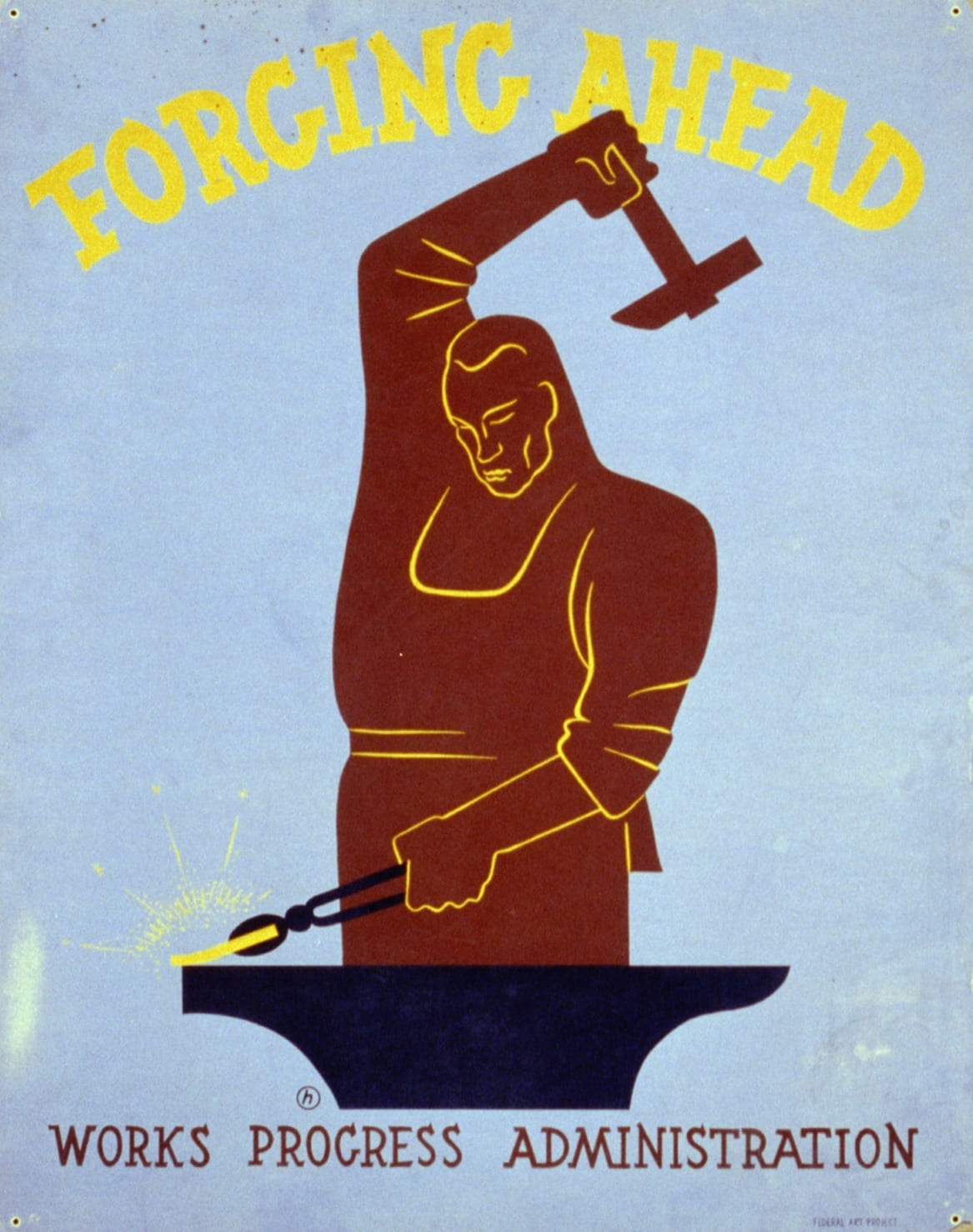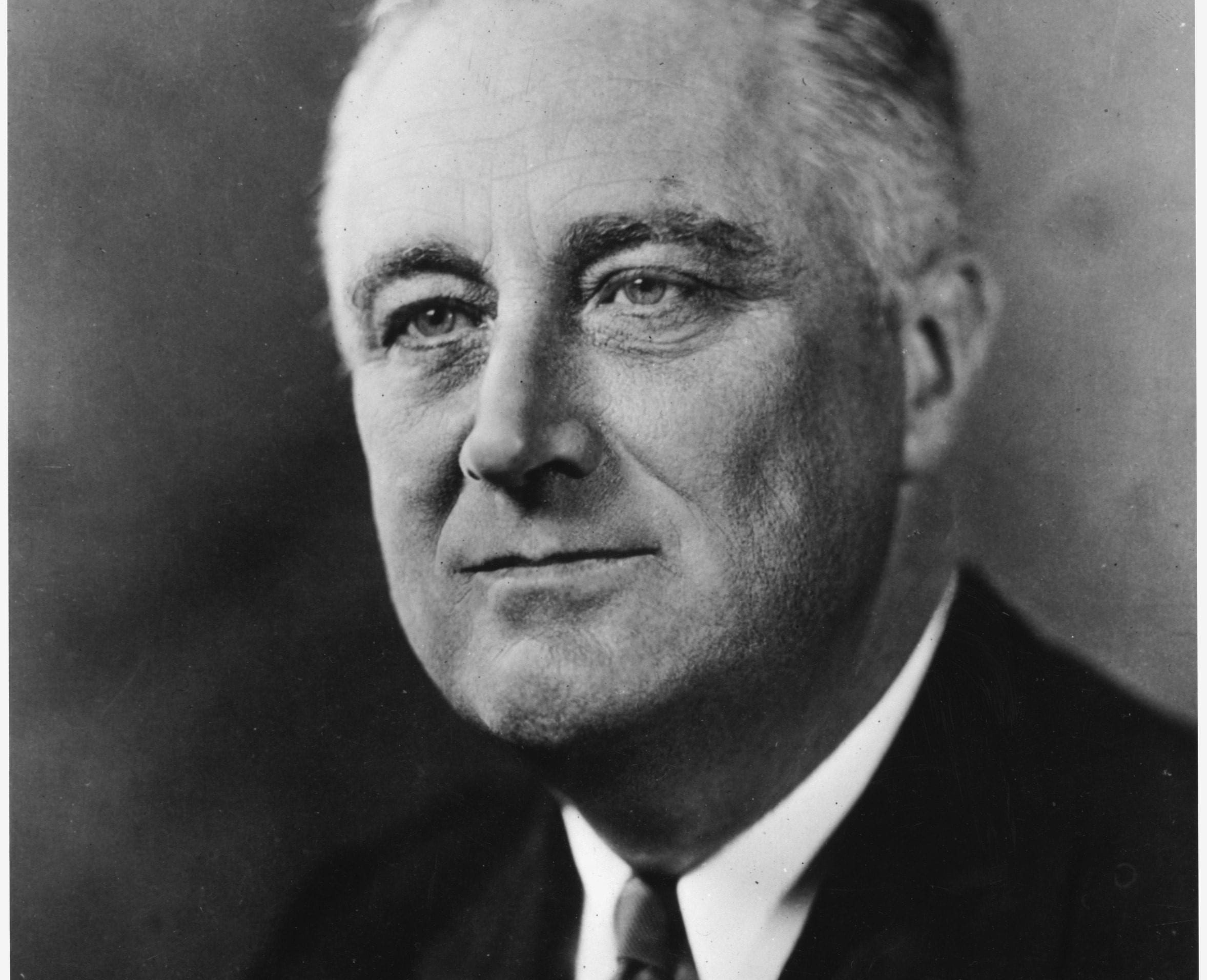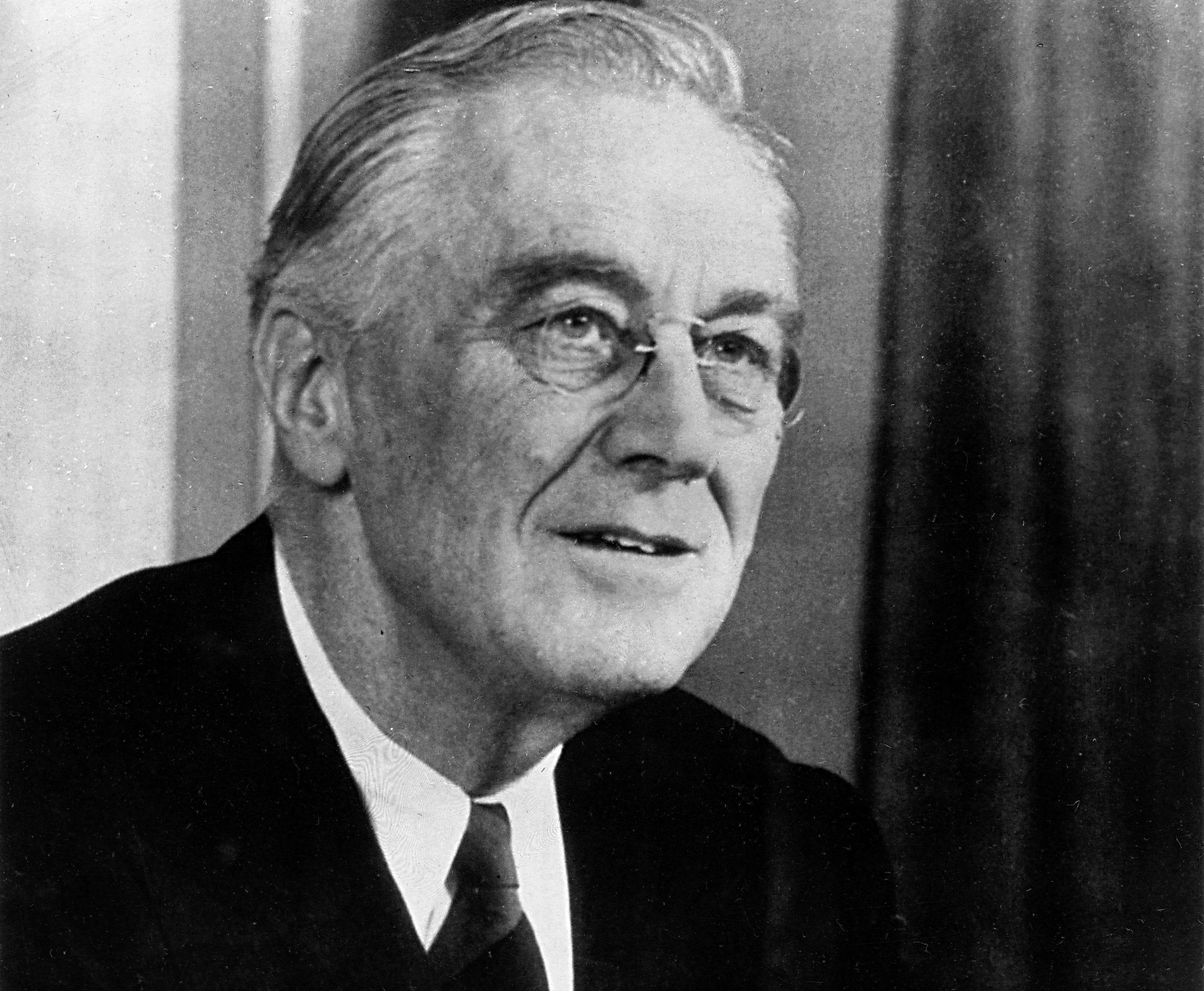Introduction
Democrats made impressive gains in the midterm elections of 1934, which Roosevelt interpreted as a popular mandate for the New Deal. In 1935, therefore, he moved even more boldly, placing before Congress a new series of measures on a wide variety of subjects in what has become known as the “Second New Deal.” Perhaps the most important of these was the Social Security Act, which provided for unemployment insurance and old-age pensions to be paid through a 6 percent payroll tax divided between employers and employees. The revenues generated from these payroll taxes would be more than sufficient to provide for the current elderly; the surplus would be deposited in a special fund that would – theoretically, at least – maintain the program in perpetuity. Other aspects of the plan directed that federal money would also be passed along to the states to support assistance programs for the blind, the disabled, and families with dependent children. While the benefits to the elderly would be managed at the federal level by a Social Security Administration, unemployment insurance and other assistance programs would remain under the control of the states.
The Social Security Act fell far short of what liberals in the administration had in mind. They had hoped that the program would be funded from revenues generated by the income tax, so that it might redistribute wealth from rich to poor. However, Roosevelt recognized that such a provision was unlikely to win the support of Congress. As he later explained, funding Social Security through payroll taxes gave recipients “a legal, moral, and political right to collect their pensions and their unemployment benefits. With those [payroll] taxes in there, no damn politician can ever scrap my social security program.”
—John E. Moser
Source: The Public Papers and Addresses of Franklin D. Roosevelt, Volume Four, The Court Disapproves, 1935 (New York: Random House, 1938), pp. 43 – 46.
In addressing you on June 8, 1934, I summarized the main objectives of our American program. Among these was, and is, the security of the men, women, and children of the Nation against certain hazards and vicissitudes of life. This purpose is an essential part of our task. In my annual message to you I promised to submit a definite program of action. This I do in the form of a report to me by a Committee on Economic Security, appointed by me for the purpose of surveying the field and of recommending the basis of legislation. . . .
It is my best judgment that this legislation should be brought forward with a minimum of delay. Federal action is necessary to, and conditioned upon, the action of States. Forty-four legislatures are meeting or will meet soon. In order that the necessary State action may be taken promptly it is important that the Federal Government proceed speedily.
The detailed report of the Committee sets forth a series of proposals that will appeal to the sound sense of the American people. It has not attempted the impossible, nor has it failed to exercise sound caution and consideration of all of the factors concerned: the national credit, the rights and responsibilities of States, the capacity of industry to assume financial responsibilities and the fundamental necessity of proceeding in a manner that will merit the enthusiastic support of citizens of all sorts. . . .
Three principles should be observed in legislation on this subject. First, the system adopted, except for the money necessary to initiate it, should be self-sustaining in the sense that funds for the payment of insurance benefits should not come from the proceeds of general taxation. Second, excepting in old-age insurance, actual management should be left to the States subject to standards established by the Federal Government. Third, sound financial management of the funds and the reserves, and protection of the credit structure of the Nation should be assured by retaining Federal control over all funds through trustees in the Treasury of the United States.
At this time, I recommend the following types of legislation looking to economic security:
1. Unemployment compensation.
2. Old-age benefits, including compulsory and voluntary annuities.
3. Federal aid to dependent children through grants to States for the support of existing mothers’ pension systems and for services for the protection and care of homeless, neglected, dependent, and crippled children.
4. Additional Federal aid to State and local public-health agencies and the strengthening of the Federal Public Health Service. I am not at this time recommending the adoption of so-called “health insurance,” although groups representing the medical profession are cooperating with the Federal Government in the further study of the subject and definite progress is being made.
With respect to unemployment compensation, I have concluded that the most practical proposal is the levy of a uniform Federal payroll tax, 90 percent of which should be allowed as an offset to employers contributing under a compulsory State unemployment compensation act. The purpose of this is to afford a requirement of a reasonably uniform character for all States cooperating with the Federal Government and to promote and encourage the passage of unemployment compensation laws in the States. The 10 percent not thus offset should be used to cover the costs of Federal and State administration of this broad system. Thus, States will largely administer unemployment compensation, assisted and guided by the Federal Government. An unemployment compensation system should be constructed in such a way as to afford every practicable aid and incentive toward the larger purpose of employment stabilization. This can be helped by the intelligent planning of both public and private employment. It also can be helped by correlating the system with public employment so that a person who has exhausted his benefits may be eligible for some form of public work as is recommended in this report. Moreover, in order to encourage the stabilization of private employment, Federal legislation should not foreclose the States from establishing means for inducing industries to afford an even greater stabilization of employment.
In the important field of security for our old people, it seems necessary to adopt three principles: First, noncontributory old-age pensions for those who are now too old to build up their own insurance. It is, of course, clear that for perhaps 30 years to come funds will have to be provided by the States and the Federal Government to meet these pensions. Second, compulsory contributory annuities which in time will establish a self-supporting system for those now young and for future generations. Third, voluntary contributory annuities by which individual initiative can increase the annual amounts received in old age. It is proposed that the Federal Government assume one-half of the cost of the old-age pension plan, which ought ultimately to be supplanted by self-supporting annuity plans. . . .
The establishment of sound means toward a greater future economic security of the American people is dictated by a prudent consideration of the hazards involved in our national life. No one can guarantee this country against the dangers of future depressions but we can reduce these dangers. We can eliminate many of the factors that cause economic depressions, and we can provide the means of mitigating their results. This plan for economic security is at once a measure of prevention and a method of alleviation.
We pay now for the dreadful consequence of economic insecurity – and dearly. This plan presents a more equitable and infinitely less expensive means of meeting these costs. We cannot afford to neglect the plain duty before us. I strongly recommend action to attain the objectives sought in this report.












